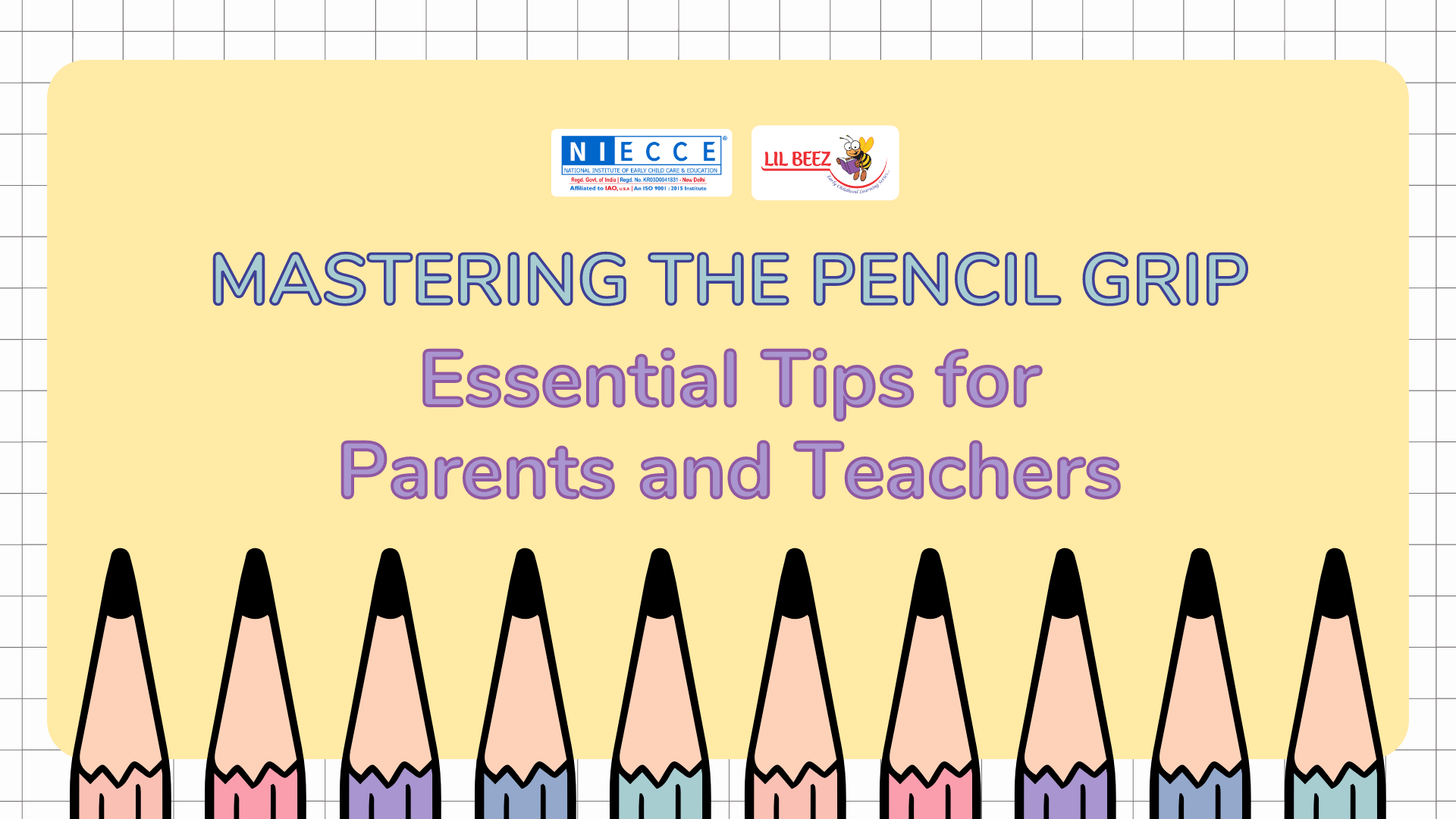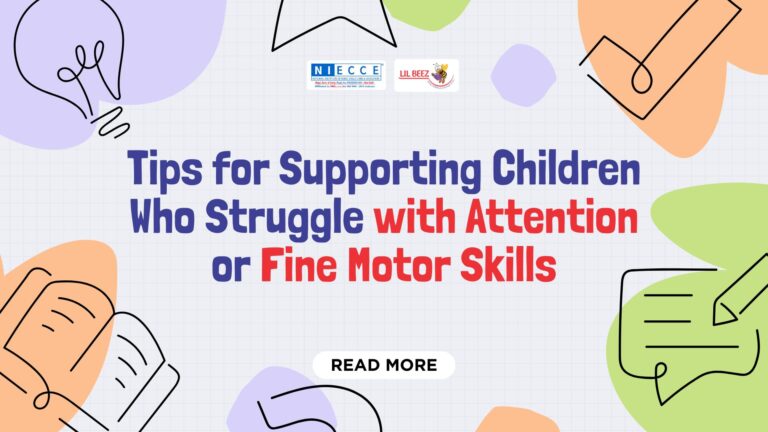Teaching children to hold a pencil correctly is crucial for their writing development. At LilBeez Pre-school Books, we understand the importance of laying a strong foundation in early education. The correct pencil grip not only enhances handwriting but also supports overall fine motor skills development. In this blog, we’ll share effective techniques for teaching kids the proper pencil grip and highlight the disadvantages of an incorrect grip.
Why the Correct Pencil Grip Matters
The proper pencil grip, commonly known as the tripod grip, involves using the thumb, index finger, and middle finger to hold the pencil. This grip promotes efficient and controlled writing, reducing fatigue and improving legibility. Here’s why it’s essential:
Enhanced Control: The tripod grip provides better control over the pencil, allowing for precise movements and smooth writing.
Reduced Strain: Proper grip reduces strain on the fingers and hand muscles, preventing discomfort during extended writing sessions.
Improved Legibility: With the correct grip, children can produce neat and legible handwriting, boosting their confidence and academic performance.
Disadvantages of an Incorrect Pencil Grip
Using the wrong pencil grip can lead to several issues, impacting both short-term performance and long-term development:
Hand Fatigue: An incorrect grip often causes excessive pressure and strain, leading to hand fatigue and discomfort.
Poor Handwriting: Children may struggle to write neatly and legibly, affecting their academic success and self-esteem.
Developmental Delays: Inefficient grip patterns can hinder the development of fine motor skills, affecting other activities that require manual dexterity.
Tips for Teaching the Correct Pencil Grip

Here are some practical strategies to help children master the correct pencil grip:
1. Model the Grip
Children learn by observing. Demonstrate the tripod grip by holding a pencil yourself. Explain how the thumb and index finger form a ‘C’ shape, while the middle finger supports the pencil from underneath.
2. Use Fun Tools
Specialized tools like pencil grips, triangular pencils, or adaptive writing aids can guide children in maintaining the correct grip. These tools are designed to encourage the tripod position naturally.
3. Practice Fine Motor Skills
Activities that strengthen fine motor skills, such as threading beads, using tweezers, or playing with clay, can improve hand strength and dexterity, making it easier for children to adopt the correct grip.
4. Encourage Proper Posture
Good posture supports effective writing. Ensure children sit with their feet flat on the floor, back straight, and arms resting comfortably on the table. This position provides stability and control.
5. Positive Reinforcement
Celebrate progress and provide positive feedback. Encouragement boosts children’s confidence and motivates them to practice consistently.
Conclusion
At LilBeez Pre-school Books, we are committed to providing comprehensive learning solutions for preschool education. Teaching children the correct pencil grip is a vital step in their academic journey. By following these tips, parents and teachers can help children develop strong writing skills, ensuring a successful transition through their educational milestones.
Explore our range of Preschool, LKG, and UKG books, designed under the recommendations of the National Curriculum Framework (NCF) and the National Education Policy (NEP). With LilBeez Pre-school Books, you can be confident that your child is receiving the best educational foundation possible.
For more information and resources, visit our website and discover how LilBeez Pre-school Books can support your child’s learning journey.




